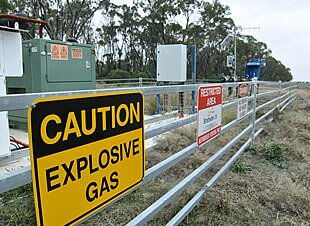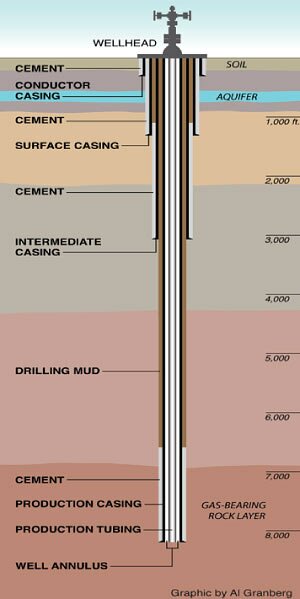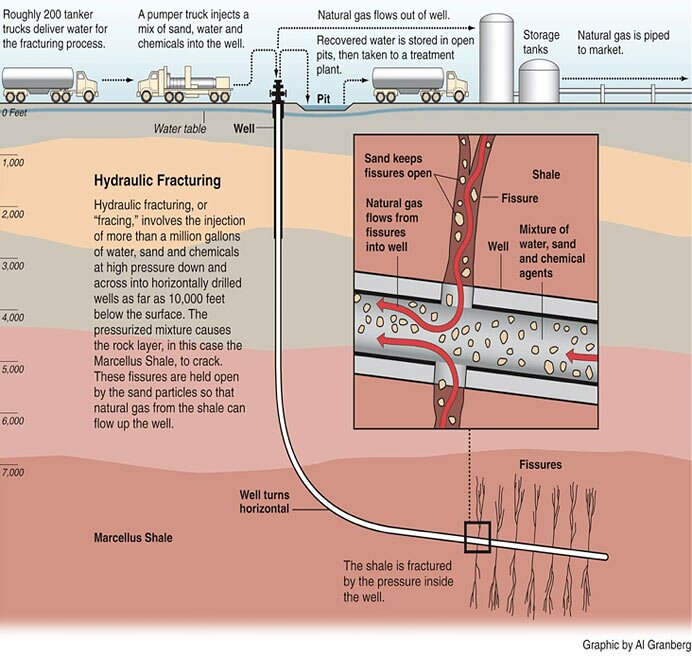 CSG Mining and Fracking
CSG Mining and Fracking
There is mounting evidence that CSG mining poses substantial risks. Stop CSG Illawarra formed to express community concern about these risks, including:
- Threats to water systems and supplies
- Leaking methane;
- Health impacts;
- Above ground footprint; and
- Related seismic activity.
Stop CSG Illawarra is also concerned that over 25% of NSW is covered by Petroleum Exploration Licences (PELs), including the Sydney Basin, which stretches from Batemans Bay in the south to Newcastle in the north to the Blue Mountains in the west. Further, both exploration and production projects have been given the green light, despite evidenced risks and insufficient research and community engagement in CSG determinations.
Concern about these risks is why Stop CSG Illawarra calls for:
- A Royal Commission into all aspects of coal seam gas mining;
- A moratorium on coal seam gas mining pending the outcome of the Royal Commission; and
- A ban on fracking and similar coal bed ‘stimulation’ technologies and techniques.
What is CSG and how is it mined?

Figure 1: CSG Extraction Well
The extraction of methane from unconventional sources uses similar extraction techniques. The gas is accessed by drilling vertically into strata until a deposit is reached, at which point horizontal drilling is likely to occur in order to extend the reach of the well. Horizontal drilling may extend kilometres from a well. Drilling involves the injection of a number of chemicals to optimise drilling efficiency. The bore of the well is lined with concrete to prevent leakage of gas and contaminated water into underground systems. Methane, which is physically trapped in the coal structure with water under pressure, is released by reducing the pressure in the seam. This is initially done by pumping out water – known as ‘produced water’. However, in most cases some form of additional stimulation is need needed to extract gas at a commercially viable rate. Hydraulic fracturing (or fracking) is one common stimulation technique.
A simplistic representation of a vertical CSG well is shown here in Figure 1. However, in most cases, horizontal drilling will also spread from the initial bore hole for several hundred metres, and potentially several kilometres. Figure 1 does not indicate how thin and fragile the drill line is in relation to its length. Further, it does not show the many fissures and fractures in the surrounding rock, into which concrete can be lost when the casing is being cemented. These gaps and fractures can make it extremely difficult, and in some cases almost impossible to completely seal the casing.
What is fracking?

Figure 2: Illustration of hydraulic fracking in a shale field
Fracking has been directly linked to a considerable number of serious environmental incidents including water contamination, earthquakes and fire. The process is already banned in France and other countries, including parts of the USA.
Chemicals used in fracking
A 2011 submission to the US Congress identified over 750 different chemicals and compounds that are known to have been used in fracking. Most are not disclosed by operators and none of have yet undergone CSG hazard testing and clearance. The following is a partial list of additives that are used in fracturing operations, as indicated by the New York State Department of Environmental Conservation.
Classes of Additives |
Purpose |
Examples |
| Acid | Facilitates entry into rock formations | hydrochloric acid |
| Biocides | Kill bacteria and reduce risk of fouling | glutaraldehyde, 2,2 Dibromo-3-nitrilopropionamide |
| Breaker | Facilitate proppant entry | peroxodisulfates |
| Clay stabilizer | Clay stabilization | salts, ie tetramethylammonium chloride |
| Corrosion inhibitor | Well maintenance | methanol |
| Crosslinker | Facilitate proppant entry | |
| Friction reducers | Improve surface pressure | potassium hydroxide |
| Gelling agents | Proppant placement | sodium acrylate, polyacrylamide |
| Iron control | Well maintenance | citric acid, thioglycolic acid |
| Scale inhibitor | Prevention of precipitation | ammonium chloride, ethylene glycol, polyaccrylate |
| Surfactant | Reduction in fluid tension | methanol, isopropanol |
There is currently no requirement for CSG companies in Australia to disclose the constituents in their fracking fluids and only 20 are listed by APPEA as known to be used in Australia.
However, The experience of CSG mining in the USA is that the commercial viability of the CSG industry is dependent on extensive use of stimulation, such as hydraulic fracturing. Indeed, it is estimated that 60-80% of unconventional gas wells drilled in the next decade will require fracking.